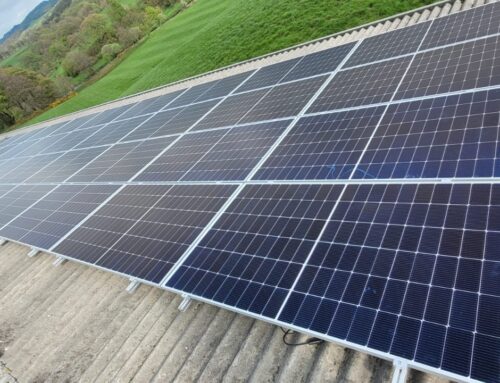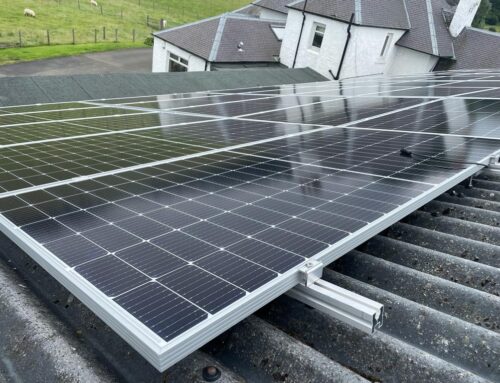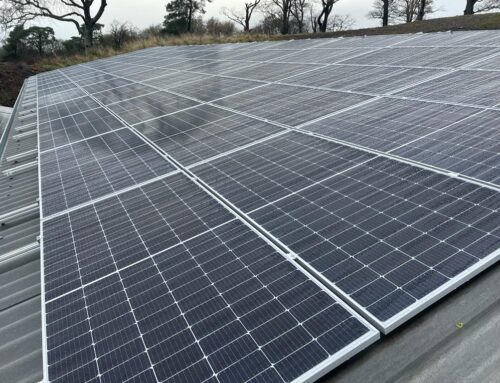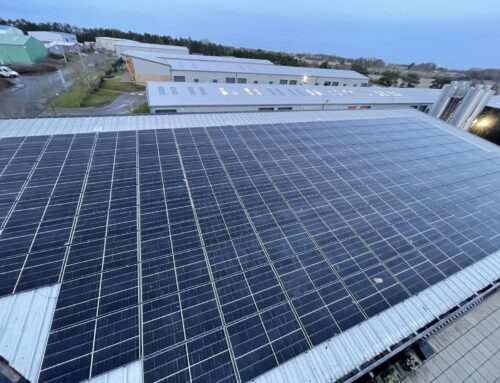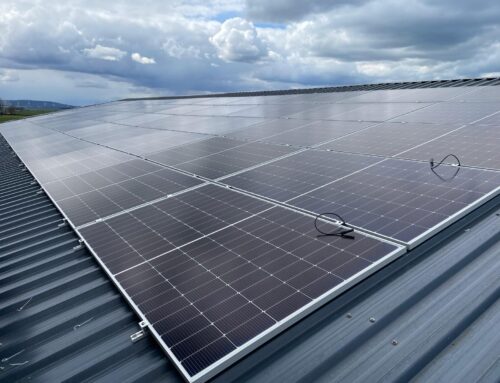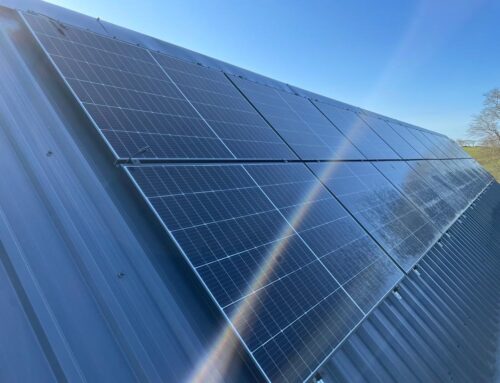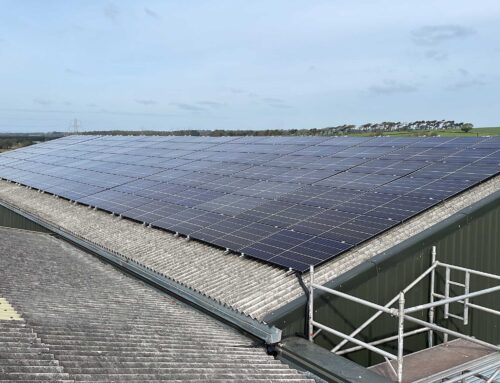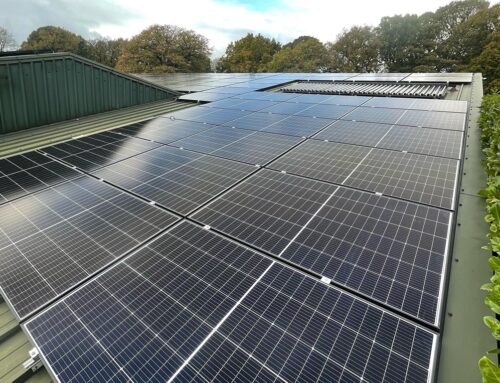Commercial solar PVs are increasingly growing among businesses. For businesses that want to harness solar power and run their organisation sustainably and cost-effectively, solar PVs have become an excellent way to reduce your environmental footprint, become an environmentally responsible brand for consumers and adhere to compliance regulations.
A Brief Overview
Commercial solar PV systems, unlike residential ones, cater to larger energy needs. These installations are designed to power commercial buildings, factories, or institutions, providing a sustainable energy solution that significantly reduces dependency on conventional power grids.
At the heart of a commercial solar PV system lies photovoltaic cells, often made of silicon. When exposed to sunlight, these cells generate a flow of electrons, initiating a direct current (DC) of electricity. This DC power is then converted into alternating current (AC) through inverters, making it compatible with the electrical systems of commercial buildings. These systems comprise various components working in synergy. Solar panels, mounted on rooftops or ground-mounted arrays, capture sunlight. Inverters play a crucial role in converting DC electricity into usable AC power. In addition, batteries or storage solutions are often integrated to store surplus energy for later use, ensuring a continuous power supply even during low sunlight conditions.
Perks of Commercial PVs
- Cost Efficiency: Reduces operational costs by significantly lowering electricity bills, offering long-term financial benefits and improving the bottom line of businesses.
- Environmental Impact: Mitigates the carbon footprint by using renewable energy, reducing reliance on fossil fuels, and subsequently decreasing greenhouse gas emissions.
- Energy Independence: Provides businesses with a degree of autonomy in power generation, lessening dependency on traditional power grids and volatile energy prices.
- Long-Term Investment: Offers a high return on investment (ROI) over the system’s lifespan, as maintenance costs are relatively low and sunlight, the primary resource, is abundant and free.
- Scalability and Flexibility: Scalable to meet varying energy demands of different commercial establishments, and the modular nature allows for easy expansion or adaptation to changing energy needs.
- Government Incentives: Eligibility for tax incentives, rebates, and grants provided by governments and local authorities for adopting renewable energy solutions, making installation more financially viable.
- Enhanced Reputation: Embracing sustainable practices through commercial solar PVs improves the brand image, attracting environmentally-conscious customers, partners, and stakeholders.
- Resilience and Reliability: Offers a stable and reliable source of energy, especially when coupled with storage solutions, ensuring uninterrupted power supply even during grid outages or low sunlight periods.
- Contribution to Grid Stability: Through net metering and feeding surplus energy back to the grid, commercial PV systems contribute to grid stability and support the overall transition to cleaner energy sources.
Conclusion
Now you understand what commercial solar PVs are and why they are important for the environment.
Our Solar PV experts at Ember Energy are ready to help your transition to renewable energy generation. Contact us today to speak to our specialists and we can help you save money on your energy bills.

